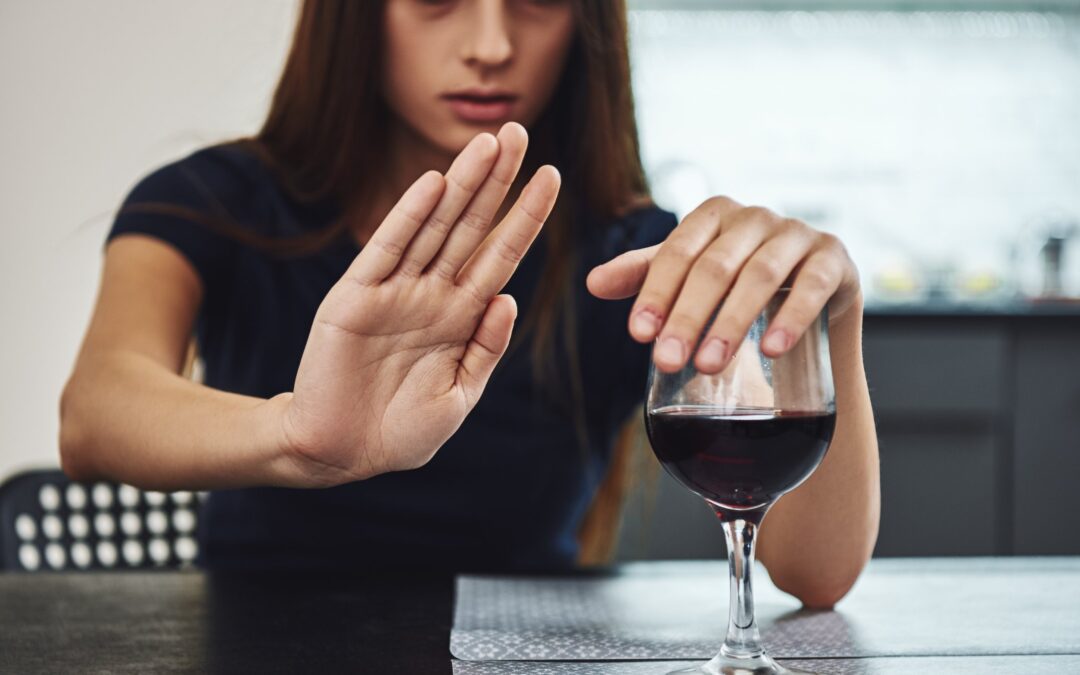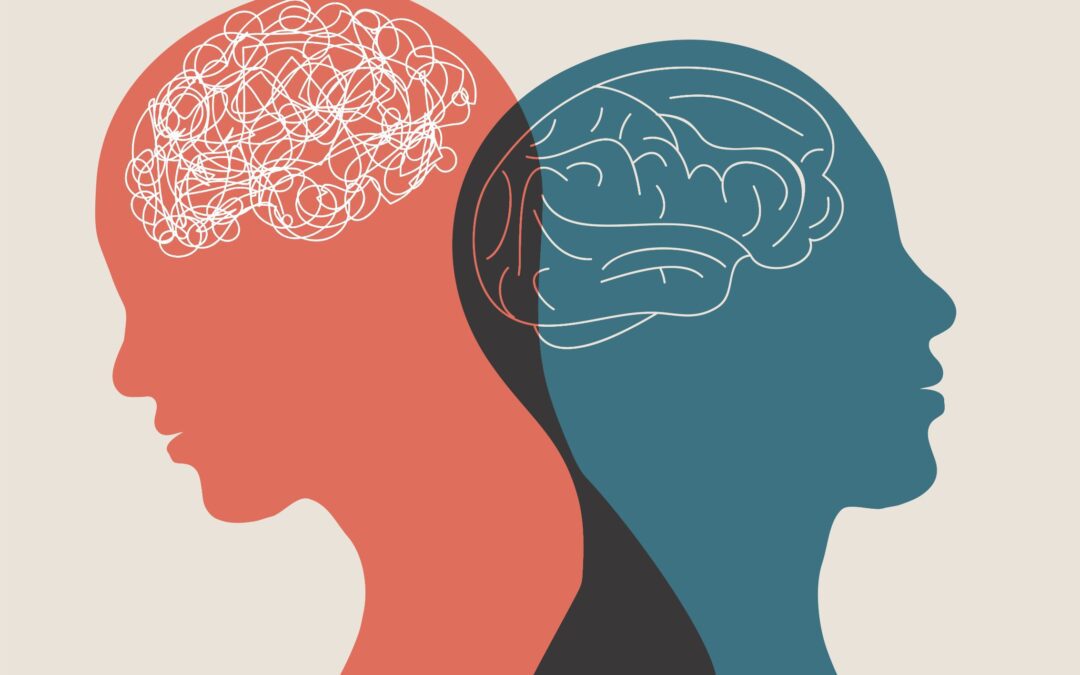When it comes to drug use definitions, there are three:
- Recreational: The use of a drug without medical justification for its psychoactive effects.
- Chronic: The seeking for and use of a drug that is compulsive or difficult to control. Also called addiction.
- Deviant: The continued and risky use of a drug despite serious health, social, and legal consequences.
Let’s delve a bit deeper into each of these drug use definitions in order to understand the differences.
Recreational Drug Use Definition
Recreational drug use, most commonly marijuana due to it gaining legal status, is on the rise. A decent recreational drug use definition is the use of drugs for relaxing or stress-relieving purposes without frequent regularity.
However, especially with illicit drugs, there is often a very short amount of time between using a drug recreationally (or experimentally) and addiction.
There are five broad groups of recreational drugs:
- Stimulants (cocaine, amphetamine, ephedrine)
- Sedatives (heroin, barbiturates, and over-the-counter opiates)
- Hallucinogens (LSD, ketamine, marijuana)
- Organic Solvents (lighter fluid, varnish, paint thinner)
- Athletic Performance Enhancers (steroids, insulin, growth hormone)
Using a drug for its psychoactive effects has long been documented around the world. Dating back 50,000 years, during Neanderthal times, herbal stimulants were found at a burial site in modern-day Iraq.
However, just because recreational drug use has a long history doesn’t mean there are no consequences.
Impairment, nausea, infection, numbness, respiratory distress, trauma, stroke, seizures, and coma are all possible outcomes of recreational drug use.
The factors which may influence the adverse effects with recreational drugs include:
- Individual sensitivity to the drug and whether there is interaction with pre-existing pathologies
- Interaction with other compounds in the drug or with other drugs
- Too high of a dose (sometimes due to an unusual source)
- Whether the drug is entered into the bloodstream (intravenous) or smoked
- If there is repeated use
Chronic Drug Use Definition
For a chronic drug use definition, think of the word addiction. It happens when recreational drug use is done repeatedly and routinely. The four central clinical features that define chronic drug use include:
- Compulsion-like repetitive drug-taking to the detriment of normal activities.
- An increase in tolerance for a drug. Tolerance develops more rapidly to some drugs than to others, and a drug-induced euphoria typically requires ever-increasing doses.
- Withdrawal symptoms when there is an abrupt cessation of drug use. The symptoms, onset, duration, and course of withdrawal can vary markedly across classes of drugs.
- Obsession-like ruminations or a craving for a drug or drug-related experiences
The risk of addiction is influenced by three factors:
- The drug (characteristics of the drug and the route of administration)
- The user (family history, age, gender, ethnicity, mental disorders)
- The environment (stress, peer pressure, parental guidance, physical and sexual abuse)
Long-term drug use causes changes in the brain chemical system and circuits. Functions that may be affected are learning, judgment, decision-making, stress, memory, and behavior.
Deviant Drug Use Definition
The next stage in drug use is deviant use. For a deviant drug use definition, consider what occurs when drug use goes on long-term and the user experiences several severe negative consequences, yet continues to use.
Some signs of deviant drug use include:
- Changes in physical appearance such as weight loss, decaying teeth, skin ulcers.
- Neglected hygiene and grooming
- Disinterest in previously important activities
- Acting secretive and isolated
- Inexplicable lack of money
- Committing crimes
There are plenty of damaging and dangerous problems that arise from deviant drug use:
- Inability to maintain academic performance or employment
- Vehicle and physical accidents
- Legal issues from possessing drugs or stealing money
- Contracting an infectious disease (often, it’s HIV)
- Long-term mental damage
- Family conflict and custody issues
- Suicide
Which Kind of Rehabilitation Program Is Right for You?
The best way to prevent addiction and long-term drug abuse problem is to not partake of drugs at all or to strictly follow the dosage recommendations prescribed by your doctor. However, if you have found yourself living the life of an addict, there is definitely hope ahead. The key is to enter a rehab program that is geared specifically toward you and your needs.
The right kind of rehabilitation program is dependent on:
- What you are addicted to
- How long you have been addicted
- The level of care and supervision required
- Whether or not you want an inpatient or outpatient program
It helps to have a personal evaluation to determine your needs and then enter a rehabilitation program that is tailored just for you.
If you’re ready to get the help you deserve, contact Steps Recovery Centers today.



